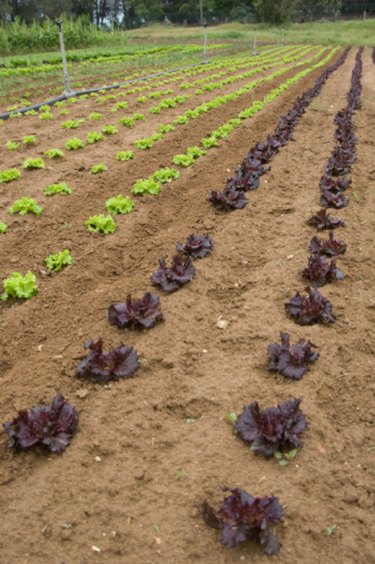
Cabbage plants are a common garden and commercial vegetable that produces a bountiful crop. It can be directly seeded into cultivated rows or starter plants can be purchased from local garden centers.
Starting Plants
Video of the Day
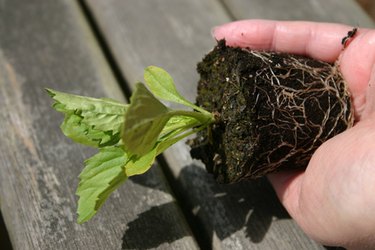
Cabbage grown from seed should be thinned to about 12 plants per foot, according to the University of Minnesota. If plants are started indoors, they should be hardened off or allowed to become accustomed to the outdoor environment through gradual sun exposure.
Video of the Day
Growing Environment
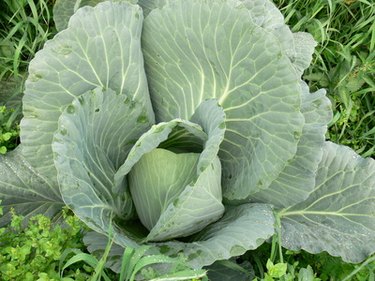
Cabbage plants prefer summers with temperatures ranging from 70 to 85 degrees Fahrenheit, moist soil and full sun. Transplants benefit from a starter solution that is high in phosphorus, low in nitrogen; some formulas also contain an insecticide to help control cabbage maggot.
Harvest
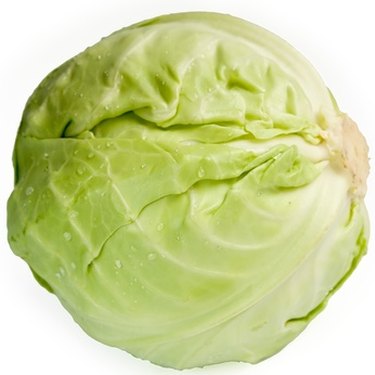
Cabbage heads are ready to harvest in mid-to-late summer when the heads appear firm. Picking too soon will result in smaller heads, waiting too late may result in cracked heads that invite insects and disease. Harvested cabbage plants may produce a second crop of small heads or sprouts and then can be tilled back into the soil or added to compost if no disease is present.
Cabbage Uses
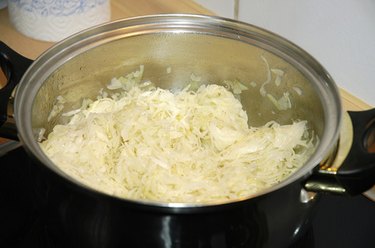
Cabbage will eventually end up chopped into coleslaw, shredded for sauerkraut or cooked in a soup.